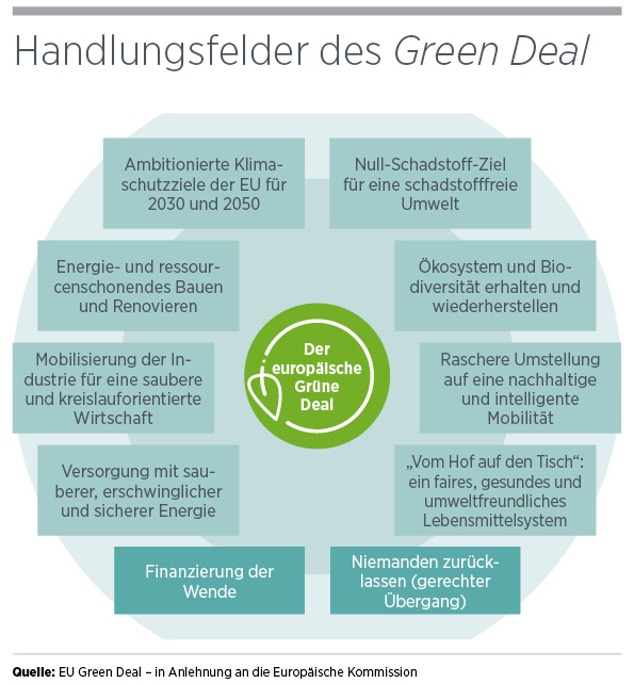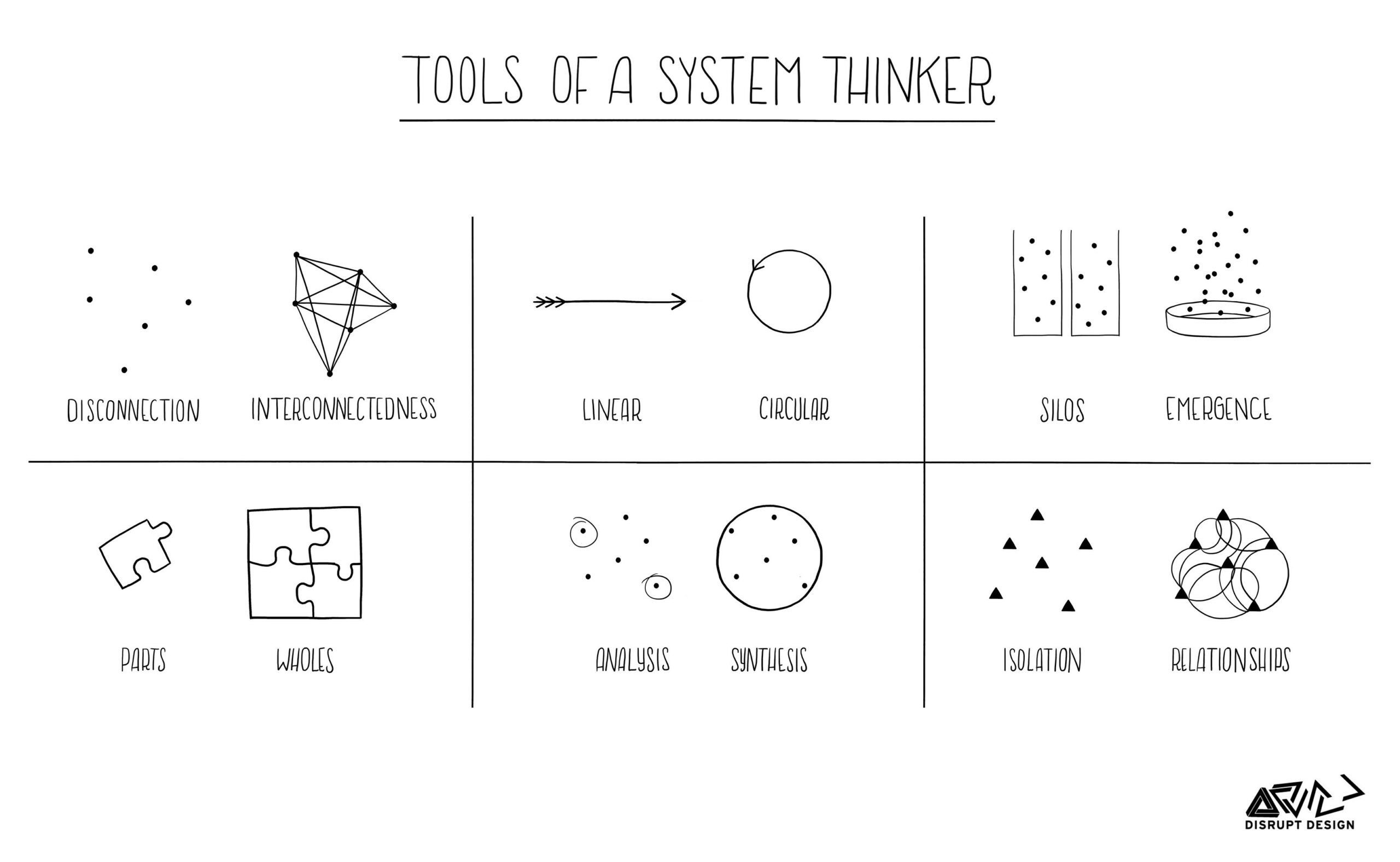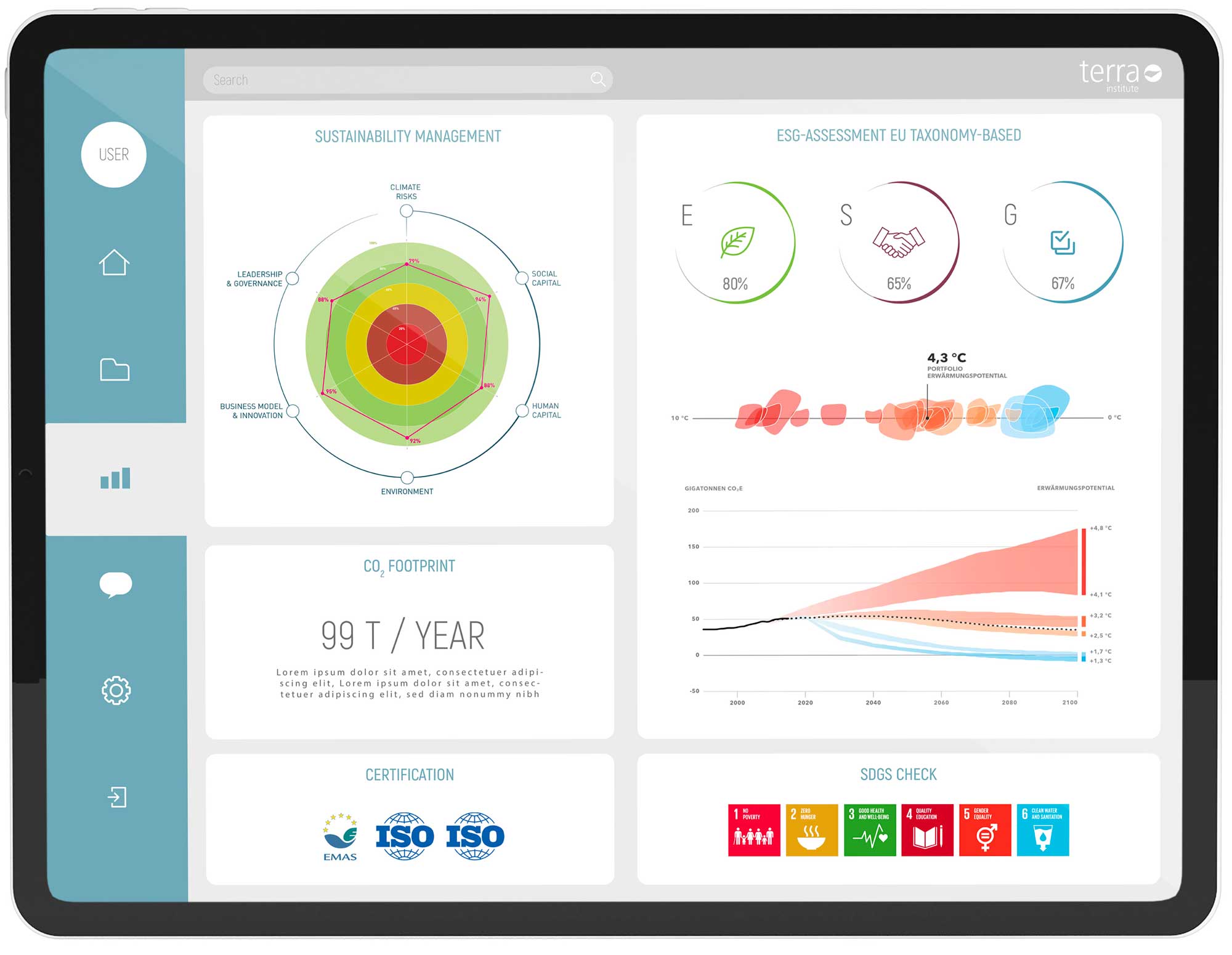BRESSANONE – IN THE FIVE TO SEVEN YEARS IMMEDIATELY FOLLOWING THE 2015 PARIS CLIMATE AGREEMENT, IN WHICH THE INTERNATIONAL COMMUNITY AGREED ON THE 1.5 DEGREE TARGET, MUCH HAS BEEN ACHIEVED IN EUROPE IN TERMS OF SUSTAINABILITY.
In the EU Action Plan 2018, the EU decided to focus its economic policy on fully supporting the economy in its necessary transformation by financing sustainable economic activities and divesting from unsustainable ones. To this end, strict criteria have been and are being developed in the EU taxonomy (an opportunity for business) to determine what ‘sustainable’ means, so that no one can use the label unless they have a good reason to do so. So it’s all about avoiding greenwashing!GREEN DEAL: THE GROWTH PLAN FOR EUROPE
The European Green Deal is the roadmap to a new, sustainable EU economy. It was launched in 2019 as one of the outcomes of the EU’s 2018 Action Plan. The European Green Deal includes a plan to promote a more efficient use of resources by moving towards a 100% clean and circular economy, restoring biodiversity and tackling pollution.
The plan also sets out what investments are needed and how they will be financed. It also explains how the transition can be made as fair and inclusive as possible and how the EU will achieve its goal of being climate neutral by 2050. Building on this, a European climate law is proposed to turn this political commitment into legal obligations.
All sectors of the economy must actively contribute to the Green Deal. The EU will provide financial and technical support to those sectors and regions that struggle most with the transition to a green economy. This will be done through the Just Transition Mechanism. The aim is to mobilise at least €100 billion over the period 2021-2027 in the most affected regions. Specific targets and measures are being developed for each of these eight areas of action (see attached figure), which are considered key activities for achieving the EU’s climate neutrality targets. This means that economic actors involved in any way with these issues should remain vigilant, as there will be profound changes in the near future.
WHY THE EU TAXONOMY IS AN OPPORTUNITY FOR MANY COMPANIES
Turning now to the EU Taxonomy, the word taxonomy comes from the ancient Greek táxis meaning order and nómos meaning law, i.e. the order of law. This concept is therefore related to sustainability and the EU’s objectives in that the EU Taxonomy is the new classification system for sustainable economic activities.
The EU Taxonomy Regulation is part of the Action Plan on Financing Sustainable Growth. As it initially defines environmental objectives and the sustainability of economic activities in a rather abstract way, it is and has been concretised for each economic sector on the basis of technical criteria. To this end, the European Commission commissioned the Technical Expert Group (TEG), which presented its report in March 2020. The report was preceded by extensive consultations with more than 200 industry representatives and academics.
Based on the EU’s taxonomy, financial products can only be considered ‘environmentally sustainable’ if they finance economic activities that meet the taxonomy’s criteria – and this is becoming increasingly important for banks, as they will have to disclose and report their green asset ratio to the European Central Bank in the future. The taxonomy’s criteria require the pursuit of six environmental objectives:
- Climate mitigation
- Adaptation to climate change
- Sustainable use of water resources
- Transition to a circular economy
- Prevention of pollution
- Protection of ecosystems
To be ‘taxonomy-compliant’, an economic activity must contribute ‘significantly’ to at least one of these objectives without ‘significantly’ harming another objective (Do No Significant Harm – DNSH). At the same time, certain minimum social, human rights and governance requirements must be met.
WHICH SECTORS NEED TO MOVE FIRST
The taxonomy will be developed for all economic activities in the future, so that there will be criteria for all sectors to distinguish sustainable companies (those that meet the taxonomy criteria) from non-sustainable companies (those that do not meet the taxonomy criteria).
Currently, the EU is focusing on the first six sectors, five of which have been selected because together they account for 93.5% of the EU’s CO2 emissions: agriculture, manufacturing, energy and water, transport and logistics, and construction. The sixth sector is information and communication technologies, which are expected to contribute directly to the transition to a low-carbon economy.
More specifically, only some activities in these six sectors are currently listed, classified according to their Ateco code, which means that screening criteria and thresholds have been set for them.
Restrictions and regulations can often lead to innovation in processes and products, making a company more sustainable.
In turn, not all companies are currently required to meet the objectives of the EU taxonomy for these activities, as company size still plays a role. The Taxonomy Regulation obliges large public interest entities (with 500 or more employees and a balance sheet total of more than €20 million or a turnover of €40 million) to disclose the proportion of their turnover, total investments and expenditure related to activities that are ‘sustainable’ according to the Taxonomy. Over the next four years, the scope will be widened and the threshold lowered to 250 employees. Why is the EU taxonomy an opportunity for business?
THE OPPORTUNITY BEHIND THE NEW OBLIGATIONS
You might think that the EU taxonomy will bring even more bureaucracy and obligations for companies that are already going through difficult times. However, we are convinced that the EU taxonomy offers an opportunity for companies and lays the foundation for a new, healthy economy. Standard definitions of sustainability emphasise the efforts and achievements of truly virtuous companies and distinguish them from those that only pretend to be sustainable. As a result, sustainable companies have easier access to credit and receive better terms, as they are considered less risky than non-sustainable companies.
All companies, regardless of their affiliation to the sectors of the taxonomy and regardless of their size, are recommended to address this issue. Obligated companies must undergo this assessment anyway. Non-obligated companies, however, have the time factor on their side for many reasons:
- If their activity is recorded but they are too small: They can start early to pursue targets that are already obligations for their larger competitors, improving their corporate image while being prepared for what is most likely to come.
- If their activity is not yet covered, but others in their supply chain are: it is likely that they too will soon be covered by the taxonomy, so starting work on their sustainability performance can only be beneficial if there will be commitments and specific verification criteria for them too.
- In all other cases, it is advisable to look at the new developments in the area of sustainability and consider what new opportunities may arise. Restrictions and regulations can often lead to innovations in processes and products and make a company more sustainable.
Sustainability is increasingly becoming the bread and butter of all economic activities in various areas: from applying for public tenders to requesting a loan from the bank, from finding new young employees – environmental awareness plays an important role for younger generations – to the very high cost of energy and the difficulties of sourcing raw materials from suppliers. It is better to act today than to lag behind tomorrow!

Günther Reifer Co-founder and CEO of Terra Institute. His consulting focus is on purpose and strategy, circular economy, and sustainable finance. He is an inspirer, keynote speaker, member of various supervisory and advisory boards, and a lecturer at various universities at home and abroad. He is a passionate sustainability consultant and combines innovation and sustainability – innovability.










